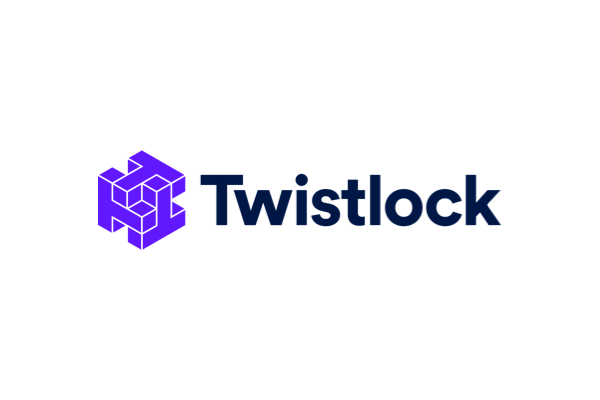Analyze NGINX and NGINX Ingress Controller usage, performance, and transactions to optimize your customer experience
Analyze NGINX performance
Track your NGINX server, content cache, load balancer, firewall, and more to improve the customer experience.
Monitor complex transactions
Transaction Analytics from Sumo Logic help you review, monitor, and validate even the most complex transactions.
Track usage patterns
Track user behavior to understand key bottlenecks and improve your data center location strategy.

An at-a-glance view of the NGINX server access locations, error logs along with connection metrics
Gain insights into originated traffic location by region, and allocate compute resources according to regional considerations. Evaluate your Nginx health using Critical Errors and Status of Nginx Server. Learn more about active and dropped connections as they occur.
A high-level view of log-level breakdowns, comparisons, and trends
Use this dashboard to track requests from clients. Track and view client geographic locations generating errors, critical alerts and emergency error alerts. Utilize dashboard panels to show the geographic locations of clients and clients with critical messages, new connections and outliers, client requests, request trends, and request outliers.


An overview of the activity and health of Nginx servers on your network
Use the Logs Timeline Analysis dashboard to understand the traffic distribution across servers, provide insights for resource planning by analyzing data volume and bytes served. Learn more about originated traffic location by region. Allocate compute resources aligned with regional requirements. Dashboard panels display visual graphs and detailed information on traffic volume and distribution, responses over time, as well as time comparisons for visitor locations and server hits.
Nginx Alerts
Pre-packaged Sumo Logic alerts help you monitor your Nginx web servers, are based on Sumo Logic monitors, leverage metrics and logs, and include preset thresholds for dropped connections, critical event log messages, access from known malicious sources and 4xx and 5xx errors.


